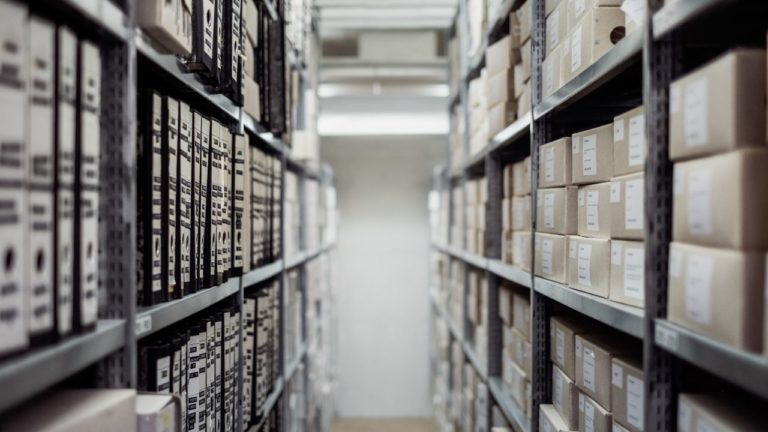
But in an industry characterized by extreme service level requirements, multi-tier distribution networks, strict regulatory requirements, and a mix of high- and low-volume SKUs, it’s no wonder the desire to right-size is sometimes trumped by fear of disruption in supply. Just keep in mind that an inventory optimization initiative can transform global supply chain performance by strategically buffering inventory and setting time-phased inventory targets that handle shifting demand trends. Note that leading life sciences companies have achieved lower inventory levels while executing new product introductions more cost-efficiently and exploiting market opportunities more aggressively.
1) Can we safely reduce inventory? More and more over the past five years, the answer to this question for many life sciences companies has been “yes.” Optimizing inventory policies across raw materials, component operations, packaging, and distribution can shrink inventory cost by 15% to 30%, while providing 99%+ confidence in meeting product availability and service level requirements. Is your team ready to believe in it, too?
2) How much excess inventory do we have and where is it? Analyzing the amounts, locations, and causes of inventory being held across the supply chain along with the interdependencies that drive excess buffering is the first step to discovering ways in which repositioning and right-sizing stock can lower costs and improve customer service. For that, you need an astute inventory optimization technology solution that can model your global supply chain end-to-end.
3) Can we cut inventory by handling demand uncertainty better? It is well documented that mathematical algorithms outperform human judgment in managing demand uncertainty over time without causing inventory ripples (a.k.a. “the Bullwhip Effect”) between buffer pools at different locations across the supply chain. How much of a factor is fluctuating demand in driving your company’s levels of inventory?
4) Is our team ready to embrace best practices? With its heavy R&D focus, strict regulatory environment and long time-to-market, the life sciences industry takes a very deliberate course in implementing inventory optimization initiatives. If your readiness answer is based on solid executive-level support across functions (including supply-side procurement, production, distribution, sales and marketing, finance, and even R&D), then you already possess the most important ingredient in a successful inventory optimization initiative.
How do you score across these four questions? Is your supply chain up to the challenge to meet the increasing needs of today’s market?


